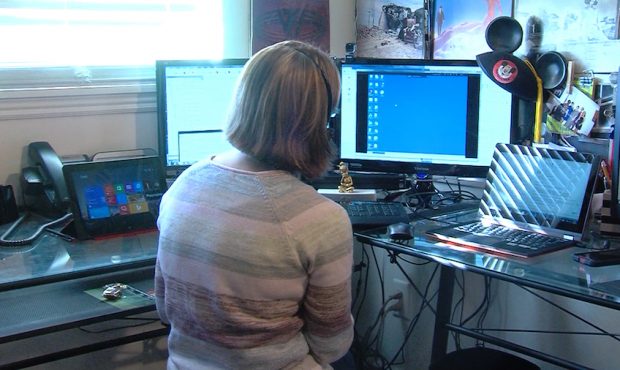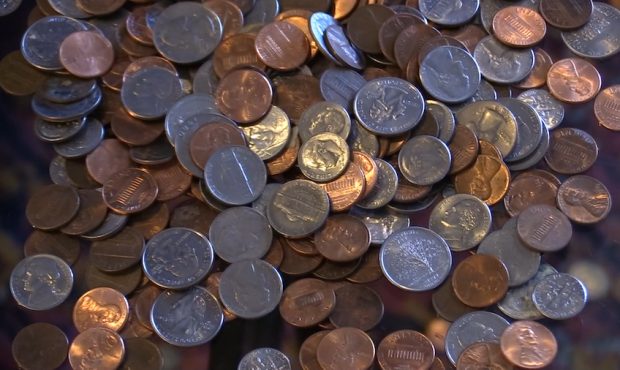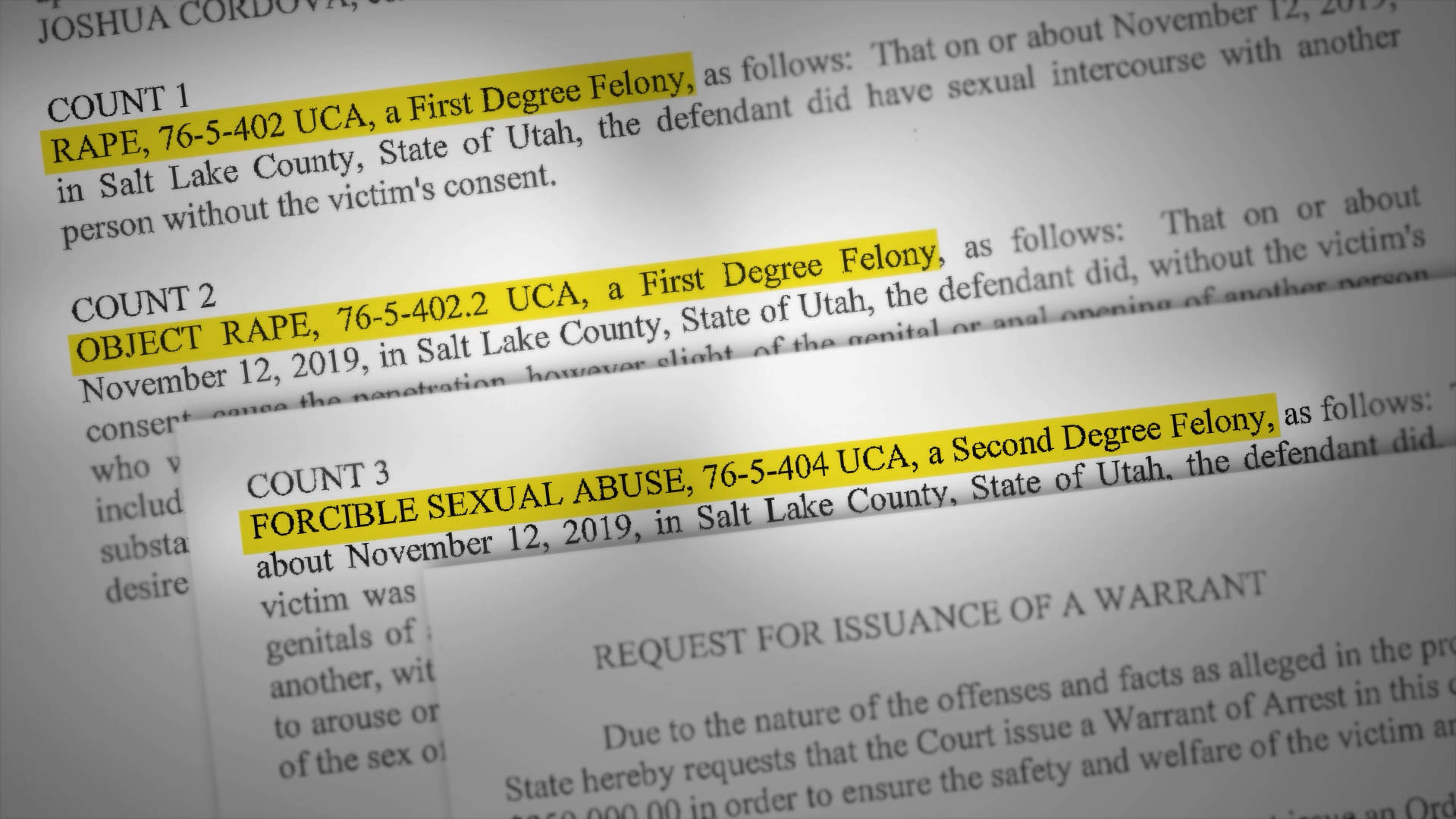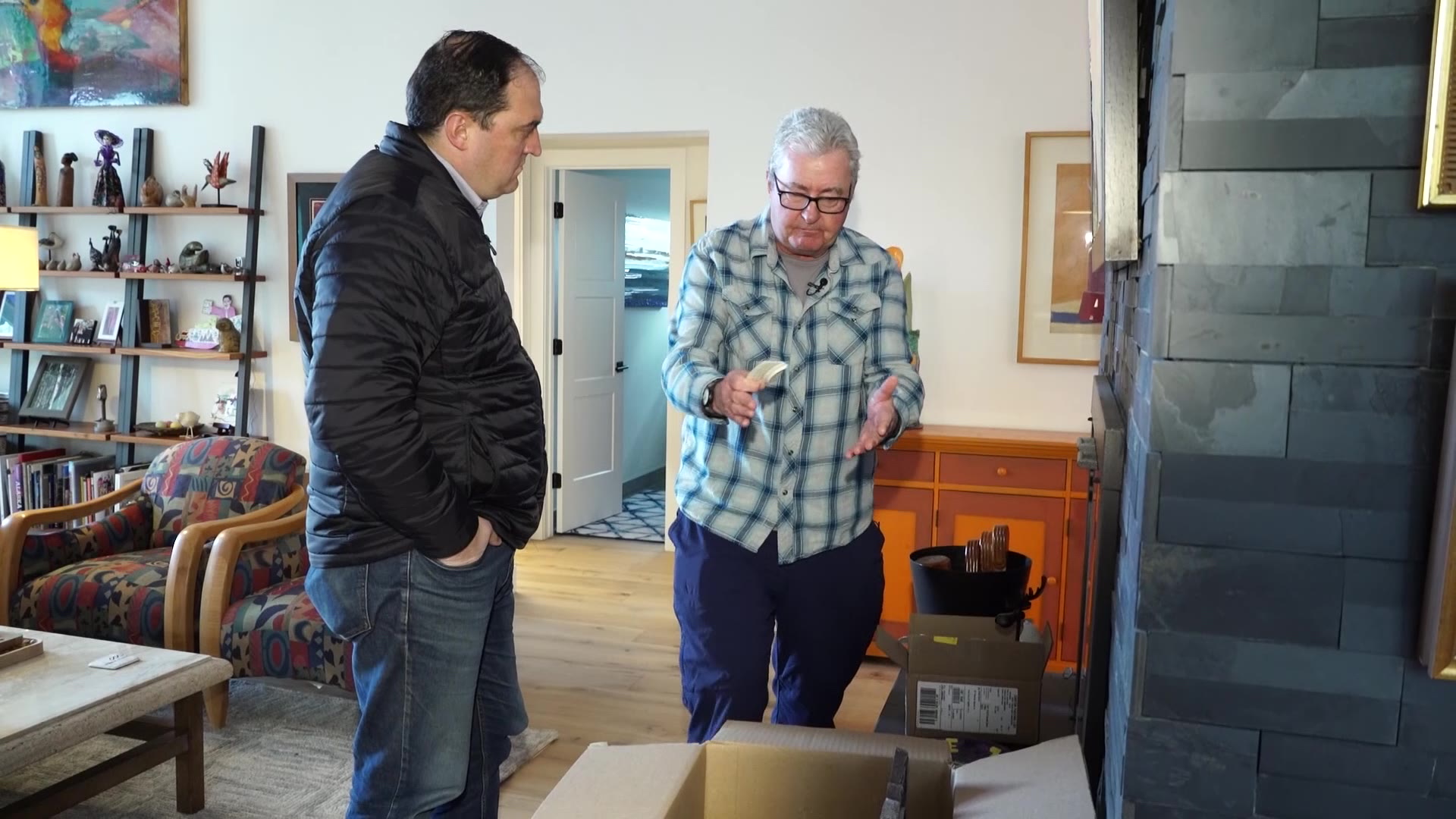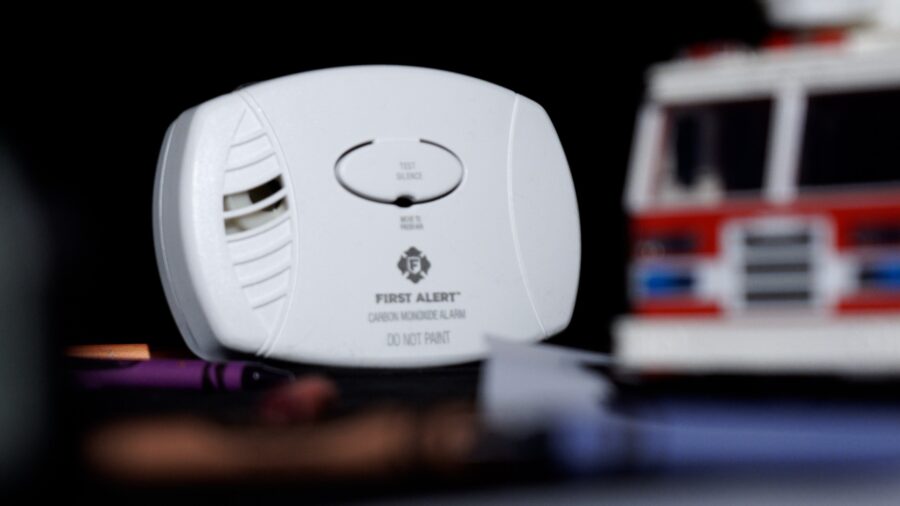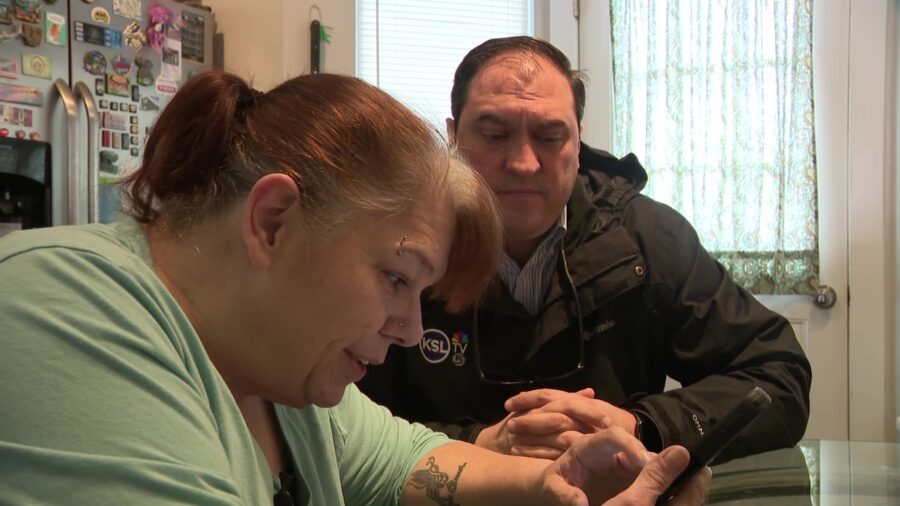Gephardt: Utah Eviction Rate Low But Crisis Looms, Advocates Fear
Jul 29, 2020, 6:15 PM | Updated: 10:10 pm
SALT LAKE CITY, Utah – Thanks to the federal CARES Act and some moratoriums on evictions, millions of Americans have been able to stay in their homes. But renters and advocates are worried about a spike in evictions with those benefits set to expire.
In fact, 29 percent of Utah renters surveyed this month by global advisory firm Stout said they can’t pay rent and fear they’ll be kicked out.
That’s the fear, but the reality is Utahns are facing evictions at a far lower rate.
State court records show landlords filed for 72 evictions last week and 89 the week before. That averages out to be just over 16 evictions per day.
That’s actually lower than evictions before the pandemic, but Tara Rollins, executive director of the Utah Housing Coalition, warned the pace could pick way up.
“I think we’re going to see a crisis,” she said.
Adding to the crisis — housing isn’t just housing anymore.
“A lot of people are working from home right now. And we also have right now education is a big part of the home,” she said.
There is housing assistance available. In Utah, it starts by picking up your phone, dialing 211 and asking for help.
Rollins said it makes financial sense to help keep folks in their homes because it costs more to take care of people if they become homeless. It’s also hard for renters to get back into a place if they have an eviction on their record.
One bit of silver lining to this is Utahns tend to fare better than some in other states thanks to the charitable nature of the community, Rollins said. But on by that same coin, she said it can make it hard to gauge the real need.
“We’ve had a lot of people step up and we’ve had a lot of people step up in the past as well,” she said. “We have a lot of churches that pay for rent … I think we’re uniquely positioned in this state to receive you know, help from the Church.”
Marty Blaustein, a lawyer with Utah Legal Services, which specializes in helping tenants, said they’ve seen more Utahns seeking help.
“We’re getting a little overwhelmed,” he said.
Blaustein said there are virtually zero legal defenses that will compel a judge to let a tenant avoid eviction if he or she isn’t paying rent. His advice to tenants hoping to avoid eviction is to always pay on time, even there is an ongoing dispute with the landlord. For folks who can’t, he said swallow your pride and ask for help as early as possible.
“If you know you’re not going to be able to pay your rent, let’s say the month of August or the month of September, the time to act on it is now, prior to the time that the landlord serves you with the notice,” he said.
Tonight on @KSL5TV news at 6PM, I will examine how the so-called, “eviction crisis,“ will impact Utah, what help is out there for people trying to avoid becoming homeless, and why it’s financially better for everyone to keep human beings housed. pic.twitter.com/t7ZHb7UmOu
— Matt Gephardt KSL (@KslMatt) July 29, 2020
Rollin’s advice: Tenants and landlords engaging in those awkward conversations and seeking solutions can avoid evictions and the billable lawyer hours that come along with them. She said landlords deserve to be paid, but she hopes they’ll also be patient.
“The golden key is communication,” she said. “Tenants need to communicate with the landlord and landlords, please communicate back with the tenant. You know, if you’re able to put a payment out for six months, please do that for our community.”
The Housing Assistance Program has been funded by CARES Act funds awarded to the Utah State Legislature and distributed to the Utah Housing and Community Development Division. The program is designed to assist low-income Utahns, who have lost income due to the COVID-19 pandemic and are not receiving unemployment benefits, in obtaining or retaining rental housing.
The Rental Assistance Program has been funded by the CARES Act and is designed to assist Utah renters whose ability to pay rent has been negatively impacted by COVID-19, but whose needs are not being met by other programs. Primarily this funding should assist those who are not eligible for unemployment benefits. This document provides a guide for how to utilize these funds in your communities.
Complete guidelines are available here.

